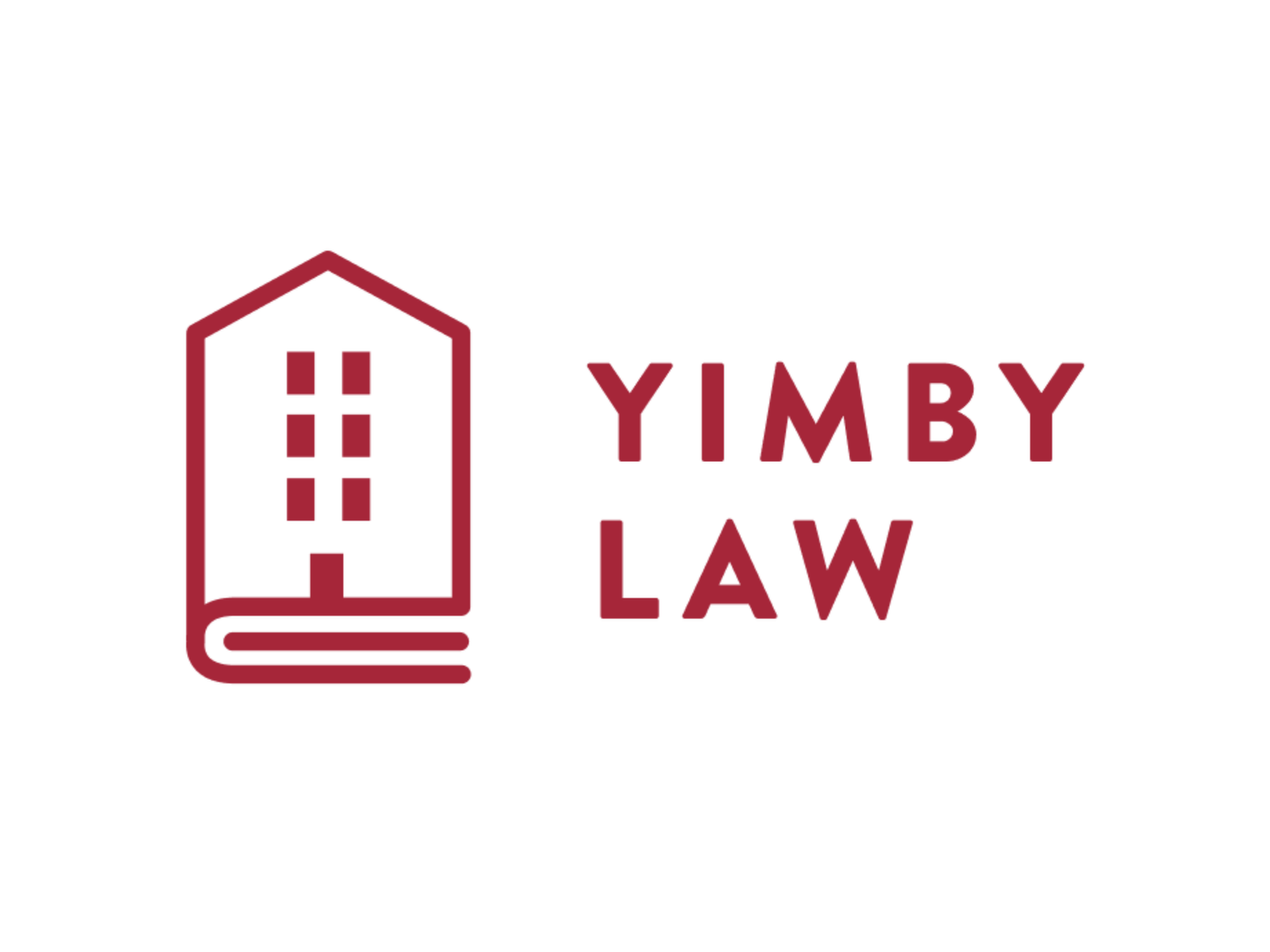Does It Matter that CEQA Refers to “Applicable” Planning and Zoning?
/Last week, we toasted the impending suspension of 33 Bay Area zoning codes under the Housing Accountability Act’s “builder’s remedy,” and began exploring the California Environmental Quality Act. This week, we’ll tie the two together.
How Does the Builder’s Remedy Affect CEQA?
Mostly, it doesn’t. “Nothing” in the HAA “relieve[s]” a city from “complying with the California Environmental Quality Act.” (Cal. Gov. Code § 65589.5(e).)
This, along with CEQA’s notorious complexity, is why we advise consulting an experienced CEQA lawyer on any builder’s remedy project.
That said—
CEQA Exempts Some Kinds of Housing
The easiest way to approve a CEQA “project”is when the project is exempt. We recommend the State’s video on CEQA exemptions. At this point, most CEQA lawyers would switch into legalese and define the terms “discretionary,” “ministerial,” “statutory,” and “categorical”; they’re all legally meaningful, but we won’t dwell on them here.
CEQA and other laws exempt some kinds of housing projects from CEQA. Here are the big ones:
“Ministerial” approvals. For our purposes, this mainly means 10% (or 50%) affordable projects in cities that are behind pace in producing housing. (See Gov. Code § 65913.4.) This works through a different process, separate from the builder’s remedy.
Small projects, or “Class 3.” This is how single-family homeowners get around CEQA, but it can cover a sixplex too. (CEQA Guidelines § 15303.)
Infill development, or “Class 32.” (CEQA Guidelines § 15332.) “Infill” isn’t defined in the regulation, which covers “project site[s] of no more than five acres substantially surrounded by urban uses.”
Farmworker, low-income, urban infill near transit, and urbanized infill in unincorporated counties—if there’s “[c]ommunity-level environmental review” on file. (See CEQA §§ 21159.20–.28.)
“Transit priority projects” as part of a “sustainable communities strategy.” (See CEQA §§ 21155–21155.4.)
Here’s more State guidance. All of these exemptions are vastly more complicated than presented here, so don’t file a bar complaint against me for failing to tell you so.
CEQA Exemptions and the Builder’s Remedy
In a builder’s-remedy context, one key issue with all these exemptions—except for class 3—is the requirement for “consisten[cy] with the applicable general plan designation … as well as with [the] applicable zoning designation.” (E.g., CEQA Guidelines § 15332(a); accord CEQA § 21159.21(a); see also CEQA § 21155(a).) This is important because a builder’s remedy project, almost by definition, isn’t going to be consistent with the general plan and/or zoning designations. (See Cal. Gov. Code § 65589.5(d)(5).) Most CEQA lawyers and veteran housers I’ve talked to believe that a CEQA exemption’s requirement for general plan and zoning consistency would make the exemption inapplicable to a builder’s remedy project. So, that’s a problem.
As I see it, however, these consistency requirements raise an interesting question about the builder’s remedy:
CEQA Lawyers, What Am I Missing?
The builder’s remedy expressly states that a local government “shall not disapprove a housing development project” on the basis of “inconsisten[cy] with … the jurisdiction’s zoning ordinance and general plan land use designation.” (Ibid.) To me, this suggests an argument that the builder’s remedy renders the general plan and zoning inapplicable to the project. Therefore, if a CEQA exemption only requires consistency with any “applicable” general plan or zoning designation, then the exemption ought to be available under the builder’s remedy when the builder’s remedy preempts the general plan and zoning.
There isn’t much law on what counts as “applicable,” but I’ve found one case. In Harroman Co. v. Town of Tiburon (1991) 235 Cal.App.3d 388, a developer sued for approval of a 70-home project that was consistent with the general plan in effect at the time of the application, but inconsistent with a draft revision of the general plan under consideration at the same time. (Id. pp.390–92.) The HAA provision on which the developer relied, today codified in Government Code § 65589.5(j)(1), supported approval for projects compliant with “applicable” planning and zoning standards.
The relevant issue in Harroman was which version of the general plan—the one in force, or the draft under consideration—was “applicable.” (Id. p.394.) The Harroman court ruled that the draft general plan was the “applicable” one, based on another planning statute that made it so. (See id. pp.394–97.) In other words, housing lost in that case—but the case yields a legal principle that the operation of other statutes should bear on whether a general plan or zoning designation is “applicable.”
Back to CEQA, perhaps Harroman could support an argument that the builder’s remedy makes the general plan and zoning inapplicable, such that a CEQA exemption, otherwise requiring general-plan and zoning consistency, would be available for a builder’s remedy project that met the exemption’s other requirements. Again, I’m new to CEQA, and I’ve yet to research the issue exhaustively. It’s true that the builder’s remedy doesn’t preempt CEQA, but that doesn’t necessarily mean it doesn’t preempt general plan and zoning designations when they’re relevant under CEQA. I’m curious to hear what CEQA veterans think. After all, isn’t it obvious that all these CEQA exemptions are supposed to support various kinds of affordable, infill, and/or transit-oriented housing?
If I’m wrong—and I admit that I could be—please email keith@yimbylaw.org and tell me how. If I don’t hear from anyone, then YIMBY Law’s work on the builder’s remedy might be a little easier than we currently think.


